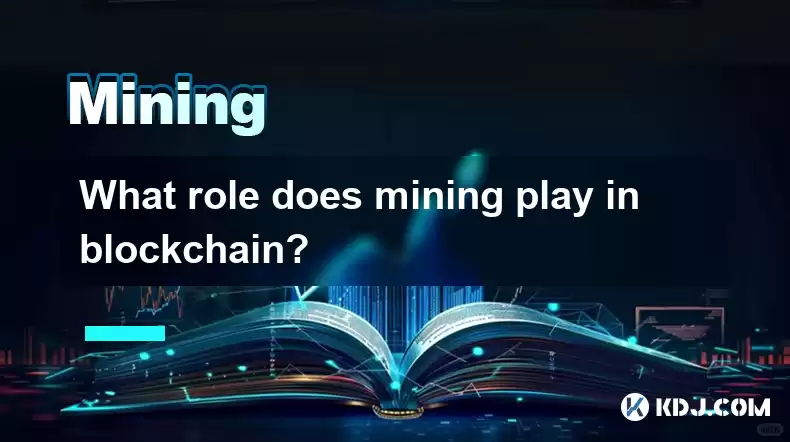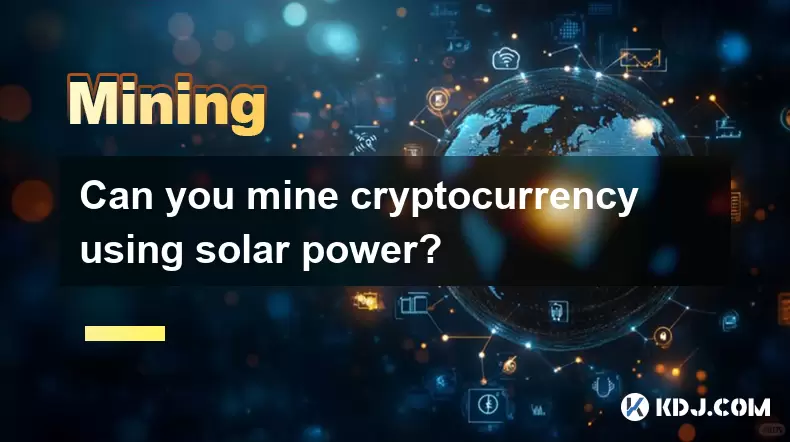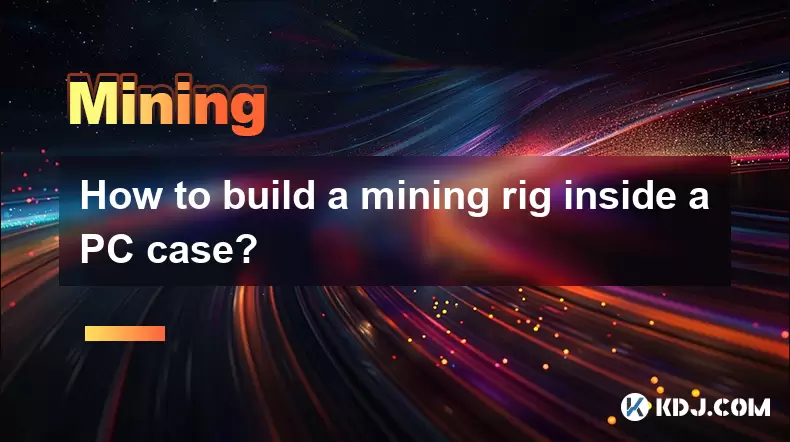-
 Bitcoin
Bitcoin $117600
2.11% -
 Ethereum
Ethereum $3907
6.13% -
 XRP
XRP $3.288
9.68% -
 Tether USDt
Tether USDt $1.000
-0.01% -
 BNB
BNB $784.8
2.00% -
 Solana
Solana $174.3
3.60% -
 USDC
USDC $0.9997
-0.03% -
 Dogecoin
Dogecoin $0.2220
8.04% -
 TRON
TRON $0.3379
0.01% -
 Cardano
Cardano $0.7829
5.46% -
 Stellar
Stellar $0.4348
8.84% -
 Hyperliquid
Hyperliquid $40.50
6.38% -
 Sui
Sui $3.757
7.22% -
 Chainlink
Chainlink $18.41
10.06% -
 Bitcoin Cash
Bitcoin Cash $581.6
1.91% -
 Hedera
Hedera $0.2586
5.37% -
 Avalanche
Avalanche $23.30
4.67% -
 Ethena USDe
Ethena USDe $1.001
0.01% -
 Litecoin
Litecoin $122.0
2.62% -
 UNUS SED LEO
UNUS SED LEO $8.972
-0.23% -
 Toncoin
Toncoin $3.338
1.14% -
 Shiba Inu
Shiba Inu $0.00001282
3.76% -
 Uniswap
Uniswap $10.38
6.88% -
 Polkadot
Polkadot $3.852
4.63% -
 Dai
Dai $1.000
0.02% -
 Bitget Token
Bitget Token $4.463
2.29% -
 Monero
Monero $263.6
-7.22% -
 Cronos
Cronos $0.1496
4.78% -
 Pepe
Pepe $0.00001106
4.91% -
 Aave
Aave $284.3
8.09%
What role does mining play in blockchain?
Blockchain mining secures the network by verifying transactions, solving cryptographic puzzles, and adding new blocks. Miners are rewarded with cryptocurrency, incentivizing network security and decentralization, though energy consumption varies by consensus mechanism.
Mar 20, 2025 at 03:57 am

Key Points:
- Mining secures the blockchain network by verifying and adding new transactions to the blockchain.
- The mining process consumes computational power to solve complex cryptographic puzzles.
- Miners are rewarded with newly minted cryptocurrency for their efforts in securing the network.
- Different consensus mechanisms employ various mining methods, impacting energy consumption and decentralization.
- The role of mining is crucial for maintaining the integrity and security of the blockchain.
What Role Does Mining Play in Blockchain?
Mining is a fundamental process in many blockchain networks, acting as the backbone of their security and functionality. It's the mechanism that allows for the creation of new blocks of transactions and their addition to the existing blockchain. This process is crucial for maintaining the integrity and security of the entire system. Without mining, the blockchain would be vulnerable to manipulation and attacks.
The primary role of mining is to verify transactions. Before a transaction is added to the blockchain, it must be validated. Miners use powerful computers to solve complex cryptographic puzzles. The first miner to solve the puzzle gets to add the next block of verified transactions to the blockchain. This process ensures that only legitimate transactions are recorded.
This validation process is what secures the blockchain. Altering past transactions would require recalculating the cryptographic hashes for every subsequent block, an incredibly computationally intensive task. This makes fraudulent activity extremely difficult and impractical.
The reward for this computational effort is usually a portion of newly minted cryptocurrency. This incentive system encourages miners to participate in the network, ensuring its continued operation and security. The amount of cryptocurrency awarded for successfully mining a block varies depending on the specific blockchain and its algorithm.
The method of mining, however, varies depending on the blockchain's consensus mechanism. Proof-of-Work (PoW) is the most common, requiring significant computational power to solve complex mathematical problems. Proof-of-Stake (PoS), on the other hand, involves validators staking their cryptocurrency to participate in the consensus process, generally consuming less energy than PoW.
The energy consumption associated with mining is a significant concern, particularly with PoW algorithms. The intense computational demands lead to high electricity usage, raising environmental questions. This has led to the exploration and adoption of alternative consensus mechanisms, like PoS, that are more energy-efficient.
Beyond transaction verification and reward generation, mining contributes to the decentralization of the blockchain network. A large number of geographically dispersed miners prevents any single entity from controlling the network. This distributed nature enhances the resilience and security of the blockchain. A centralized system, conversely, would be vulnerable to single points of failure and manipulation.
The computational power required for mining also affects the network's security. A larger and more powerful mining network makes it significantly harder for malicious actors to attempt a 51% attack, where a single entity controls more than half of the network's hashing power.
The complexity of the cryptographic puzzles involved in mining is carefully designed and adjusted to maintain a consistent block creation rate. This rate, also known as block time, is a crucial parameter in the blockchain's performance. Adjustments to the difficulty of the puzzles are made automatically to keep the block time within the desired range.
Mining pools are also a key aspect of the mining landscape. These pools allow individual miners to combine their computational power, increasing their chances of successfully mining a block and sharing the reward accordingly. This helps smaller miners to participate and contribute to the network's security.
The development of specialized hardware, like ASICs (Application-Specific Integrated Circuits), has significantly impacted mining. These chips are designed specifically for cryptocurrency mining and offer significantly higher hashing power compared to general-purpose CPUs or GPUs. This has led to a more centralized mining landscape, although decentralized alternatives remain.
Furthermore, the regulatory landscape surrounding cryptocurrency mining is constantly evolving. Governments worldwide are grappling with the environmental impact and potential for illicit activities associated with mining. This leads to varying regulations and policies impacting the mining industry.
Frequently Asked Questions:
Q: What is Proof-of-Work (PoW)?
A: PoW is a consensus mechanism that requires miners to solve computationally intensive cryptographic puzzles to validate transactions and add new blocks to the blockchain. The first miner to solve the puzzle is rewarded with cryptocurrency.
Q: What is Proof-of-Stake (PoS)?
A: PoS is an alternative consensus mechanism where validators "stake" their cryptocurrency to participate in the validation process. The right to validate transactions and create new blocks is assigned probabilistically based on the amount of staked cryptocurrency. This is generally more energy-efficient than PoW.
Q: What are mining pools?
A: Mining pools are groups of miners who combine their computational power to increase their chances of successfully mining a block and share the rewards proportionally. This allows smaller miners to participate effectively.
Q: What are ASICs?
A: ASICs are Application-Specific Integrated Circuits, specialized hardware designed for cryptocurrency mining. They offer significantly higher hashing power compared to general-purpose hardware like CPUs and GPUs.
Q: What is the environmental impact of cryptocurrency mining?
A: The high energy consumption of PoW-based mining is a significant environmental concern. The electricity used to power mining operations contributes to greenhouse gas emissions. PoS and other energy-efficient consensus mechanisms aim to mitigate this issue.
Disclaimer:info@kdj.com
The information provided is not trading advice. kdj.com does not assume any responsibility for any investments made based on the information provided in this article. Cryptocurrencies are highly volatile and it is highly recommended that you invest with caution after thorough research!
If you believe that the content used on this website infringes your copyright, please contact us immediately (info@kdj.com) and we will delete it promptly.
- EigenLayer, Restaking, and Ethereum: Navigating the Hype and the Hazards
- 2025-08-08 06:30:12
- Super Bowl 59: Jon Batiste to Jazz Up the National Anthem
- 2025-08-08 06:30:12
- Cold Wallet Crypto in 2025: The Future is Now, Ya'll
- 2025-08-08 05:10:13
- MAGACOIN, SOL, and ADA: A Tale of Shifting Tides in Crypto
- 2025-08-08 05:10:13
- SHIB Price, PEPE, and the Memecoin Supercycle: Who Will Reign Supreme?
- 2025-08-08 05:50:12
- Pudgy Penguins Price Prediction: Google Trends & Breakout Signals
- 2025-08-08 05:50:12
Related knowledge

What is "proof-of-work" and how does it relate to mining?
Aug 07,2025 at 02:03pm
Understanding the Concept of Proof-of-WorkProof-of-work (PoW) is a consensus mechanism used in blockchain networks to validate transactions and secure...

What are the differences between mining on Windows vs. Linux?
Aug 06,2025 at 11:29pm
Overview of Cryptocurrency Mining PlatformsCryptocurrency mining involves using computational power to solve complex cryptographic puzzles and validat...

How to use an old computer for cryptocurrency mining?
Aug 07,2025 at 12:42pm
Understanding the Feasibility of Using an Old Computer for MiningUsing an old computer for cryptocurrency mining may seem outdated, but it is still te...

Can you mine cryptocurrency using solar power?
Aug 07,2025 at 12:00am
Understanding the Basics of Cryptocurrency MiningCryptocurrency mining involves validating transactions on a blockchain network by solving complex cry...

How to build a mining rig inside a PC case?
Aug 06,2025 at 11:01pm
Understanding the Basics of a Mining Rig in a PC CaseBuilding a mining rig inside a PC case involves transforming a standard computer chassis into a d...

What are the best cryptocurrencies to mine with an ASIC?
Aug 08,2025 at 01:22am
Understanding ASIC Mining and Its Role in CryptocurrencyASIC stands for Application-Specific Integrated Circuit, a specialized hardware designed to pe...

What is "proof-of-work" and how does it relate to mining?
Aug 07,2025 at 02:03pm
Understanding the Concept of Proof-of-WorkProof-of-work (PoW) is a consensus mechanism used in blockchain networks to validate transactions and secure...

What are the differences between mining on Windows vs. Linux?
Aug 06,2025 at 11:29pm
Overview of Cryptocurrency Mining PlatformsCryptocurrency mining involves using computational power to solve complex cryptographic puzzles and validat...

How to use an old computer for cryptocurrency mining?
Aug 07,2025 at 12:42pm
Understanding the Feasibility of Using an Old Computer for MiningUsing an old computer for cryptocurrency mining may seem outdated, but it is still te...

Can you mine cryptocurrency using solar power?
Aug 07,2025 at 12:00am
Understanding the Basics of Cryptocurrency MiningCryptocurrency mining involves validating transactions on a blockchain network by solving complex cry...

How to build a mining rig inside a PC case?
Aug 06,2025 at 11:01pm
Understanding the Basics of a Mining Rig in a PC CaseBuilding a mining rig inside a PC case involves transforming a standard computer chassis into a d...

What are the best cryptocurrencies to mine with an ASIC?
Aug 08,2025 at 01:22am
Understanding ASIC Mining and Its Role in CryptocurrencyASIC stands for Application-Specific Integrated Circuit, a specialized hardware designed to pe...
See all articles

























































































